Electrical Articles Archive
Magnetic hysteresis
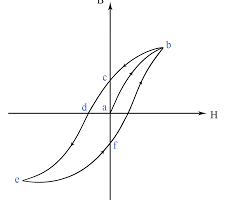
When the coil current ‘i’ rise from zero in positive directions a B-H curve ‘oa’ is obtained. where Bm is the maximum flux density reached point ‘a ’ due to magnetic saturation. When the current decreases from
Magnetic leakage and fringing
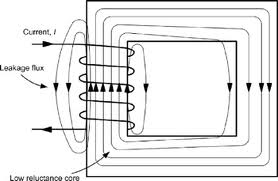
Total Flux (∅T): If a current is passed through the N turns of the exciting coil wound on the magnetic core having an air-gap. A total flux ∅T produces inside the limb on which the coil is
Magnetic circuit
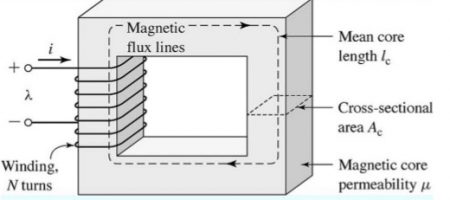
A magnetic circuit may be considered as path followed by the magnetic flux. A rectangular core of magnetic material is wounded with N turn of a coil carrying a current of I amperes. Types of magnetic material
Electromagnetism

A current carrying conductor or coil produces a magnetic flux or field. Thus electricity is always associated with magnetism. This is known as electromagnetism. The magnetic effect of electric current can be studied for the following three
Magnetic flux(∅)
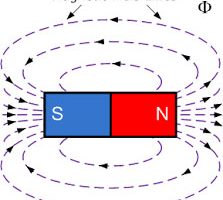
A magnetic flux is defined as the total number of magnetic lines of forces passing through a given medium, so the flux lines are the imaginary lines which indicate the directions of magnetic force. S.I unit of
Superposition’s theorem

In a linear, bilateral circuit, containing more than one sources, the one sources, the resultant current (or voltage) of any branch is the algebraic sum of the currents (or voltages) that would be produced by each source,
Difference between series circuit and parallel circuit

Series circuit Parallel circuit The element is said to be connected in series if they are connected in cascade fashion, end to end, one after the other. if the finish point of the one element is connected
Kirchhoff’s laws

A German physicist, Gustave Kirchhoff, devised two fundamental laws in the year 1847. Kirchhoff’s current law (KCL) It is also called as first law or node law. This law states that the total current flowing towards a
Source of electrical energy

The source of electrical energy are classified into two group : Voltage source Current source These sources are further classified into two types as: Ideal sources Practical source Voltage source Ideal Voltage Source An ideal voltages sources
What is ohm’s law ?
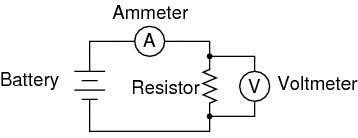
This law is devised by dr.ohm in 1827 it is fundamental law in electricity. It relates to the potential difference (V), current (I), resistance(R), of the dc circuit. it is applicable to the part of the circuit